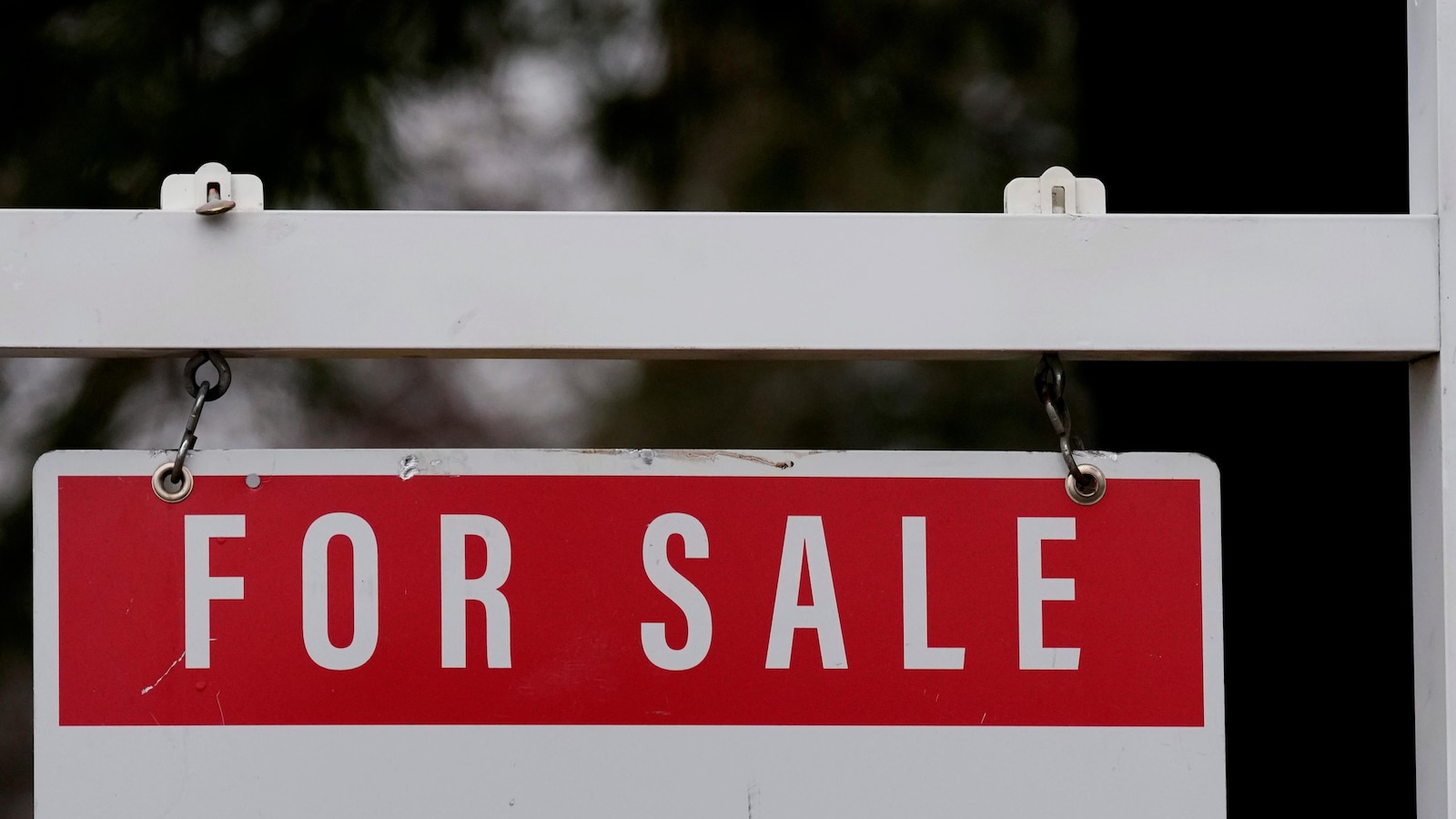- USDA Assistance for Distressed Loans Borrowers
- Redwood adds alternative loan products to its home equity platform
- US finalizes $9.63 billion loan for Ford, SK On joint battery venture
- Personal loans: Impact of rate cuts on different types of loans – An explainer
- Best Personal Loans for December 2024
WASHINGTON — The average rate on a 30-year mortgage in the U.S. rose for the second week in a row to its highest level since mid-July, reflecting a recent jump in the bond yields that lenders use as a guide to price home loans.
Bạn đang xem: Average rate on a 30-year mortgage climbs to 6.85%, highest since July
The rate rose to 6.85% from 6.72% last week, mortgage buyer Freddie Mac said Thursday. One year ago, the rate on a 30-year mortgage averaged 6.61%.
Xem thêm : CFPB Sues Vanderbilt Mortgage Over Risky Loan Practices
The average rate on a 30-year mortgage is now the highest it’s been since the week of July 11, when it was at 6.89%. It dipped as low as 6.08% in September — a 2-year low — and as high as 7.22% in May,
Most economists forecast the average rate on a 30-year mortgage to remain above 6% next year, with some including an upper range as high as 6.8%. That range would be largely in line with where rates have hovered this year.
Borrowing costs on 15-year fixed-rate mortgages, popular with homeowners seeking to refinance their home loan at a lower rate, also rose this week. The average rate increased to 6% from 5.92% last week. A year ago, it averaged 5.93%, Freddie Mac said.
Elevated mortgage rates and rising home prices have kept homeownership out of reach of many would-be homebuyers. While sales of previously occupied U.S. homes rose in November for the second straight month, the housing market remains in a slump and on track for its worst year since 1995.
Xem thêm : Juneau Assembly OKs $1M loan to revive downtown Gross-Alaska Theatre for housing
Mortgage rates are influenced by several factors, including the moves in the yield on U.S. 10-year Treasury bonds.
Bond yields climbed last week after the Federal Reserve signaled that it will likely deliver fewer cuts to rates next year than it forecast just a few months ago. While the central bank doesn’t set mortgage rates, its actions and the trajectory of inflation influence the moves in the 10-year Treasury yield.
The biggest wildcard for mortgage rates next year is whether President-elect Donald Trump’s policy initiatives will contribute to higher inflation and swell the national debt, which could keep mortgage rates elevated. That’s because what happens with inflation, the U.S. deficit and the economy can have an effect on the 10-year Treasury yield.
The yield, which was below 3.7% as recently as September, was at 4.61% in midday trading Thursday.
Nguồn: https://marketeconomy.monster
Danh mục: News

